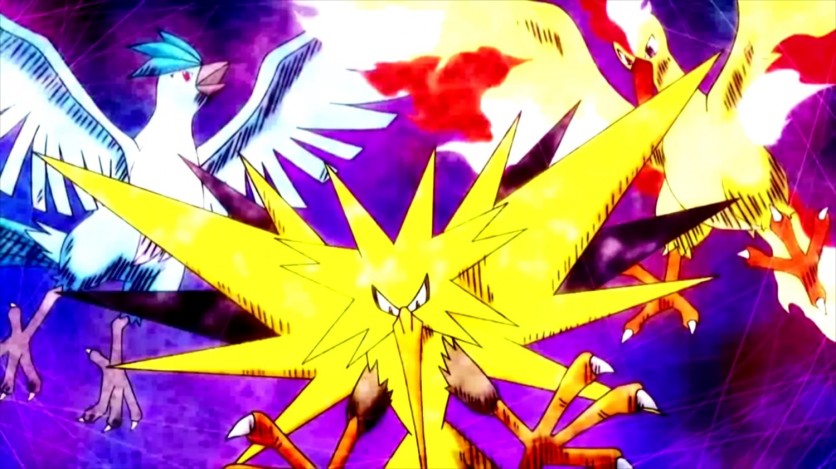Recently, three newly-discovered species of Australian beetles were discovered by two entomologists. The catch? They were named after the three Legendary birds in "Pokemon" - the ice/flying bird Articuno, the electric/flying bird Zapdos, and Moltres, the fire/flying-type pokemon.
This not only brought a sudden rush of nostalgia to the two scientists but also to everyone who grew up with Ash Ketchum on his way to the "Pokemon" League from his hometown in Pallet Town.
What's The Reason Why the Two Experts Arrive with Such Bizarre Names?

According to a report by Kotaku, the Australian beetles are now named Binburrum articuno, Binburrum zapdos, and Binburrum moltres. The two entomologists seemed to have been acquainted with the popular anime-turned-video game series.
Scientific explorations are indeed a difficult job for scientists. The naming of the beetle species after the legendary "Pokemon" birds could be their only way to escape the exhausting workload for the time being.
Dr. Darren Pollock, an entomology professor from the Eastern New Mexico University, and Yun Hsiao, a Ph.D. student from the Australian National University, arrived with the strange pattern of giving the brightly-colored beetle species a unique and unforgettable name.
The names of these three beetles would surely bring joy, especially to "Pokemon" fans. Who would not want to adopt a "Pokemon" name since these three legendary birds are some of the strongest legendaries in the series?
In an interview with the Eastern New Mexico University last week, Pollock said that he first met Hsiao, who was still a novice student in entymology, five or six years ago.
"When he first made contact with me, it was very apparent that he knew his (beetle) stuff and was very enthusiastic about some of the same things I was," Pollock added.
Furthermore, it was followed by Pollock's discovery of the new genus of the insect. Later, he decided to name it Binburrum. Since that time, his companion Hsiao also applied the same genus name to other beetle species that he discovered.
The name of the beetles can be seen in a study entitled "Contribution to the knowledge of the endemic Australian genus Binburrum Pollock, 1995 (Coleoptera: Pyrochroidae: Pilipalpinae), with a description of three new species" published in The Canadian Entomologist publication.
Moreover, Pollock acknowledged that their decision to finalize the name of the new species was not trivial. In that case, the entomologists wanted the three beetles to be more unique compared to the other species.
Pollock said that giving a never-before-used name for the species in scientific discovery leads to the uniqueness of a certain species among others.
Our paper has been published online in @CanEntomologist! We review Binburrum Pyrochroidae and described 3 new species, which are named after the 3 legendary birds of #Pokémon, referring to the rareness of these species that have only few specimens @EcoEvo_ANU @CSIRO @ColeopSoc pic.twitter.com/Im0lEVCYJ2
— Yun Hsiao (蕭 昀 シャオ ユン) (@YHsiaoBeetle) January 2, 2021
Meanwhile, Hsiao said that since he was young, he aspired to become a "Pokemon trainer." He came up to name the three specimens after three legendary birds due to their rarity. In "Pokemon," encountering legendary monsters is rare, and sometimes they are the hardest to catch.
How it is Related to the Idea of the 'Pokemon' Director?
Pollock and Hsiao also planned to finish their paper with more "Pokemon" names used in their upcoming discoveries. But, this idea could somehow be related to the original director of the "Pokemon" franchise, Satoshi Tajiri.
When Tajiri was a child, he was fond of collecting insects, so his classmates gave him the nickname "Mr. Bug." It seems that his childhood idea took him to places, as he used it to create a Game Boy game where several monsters battle with each other.
Six years later after Tajiri decided to come up with the concept, "Pokemon" was born. "Pokemon Red" and Pokemon Green" were the first versions of the video game series which were released in Japan in 1996.
Related Article: Scientists Name Spiky Sea Snail after Joe Strummer from The Clash
This article is owned by Tech Times.
Written by Joen Coronel
ⓒ 2025 TECHTIMES.com All rights reserved. Do not reproduce without permission.




